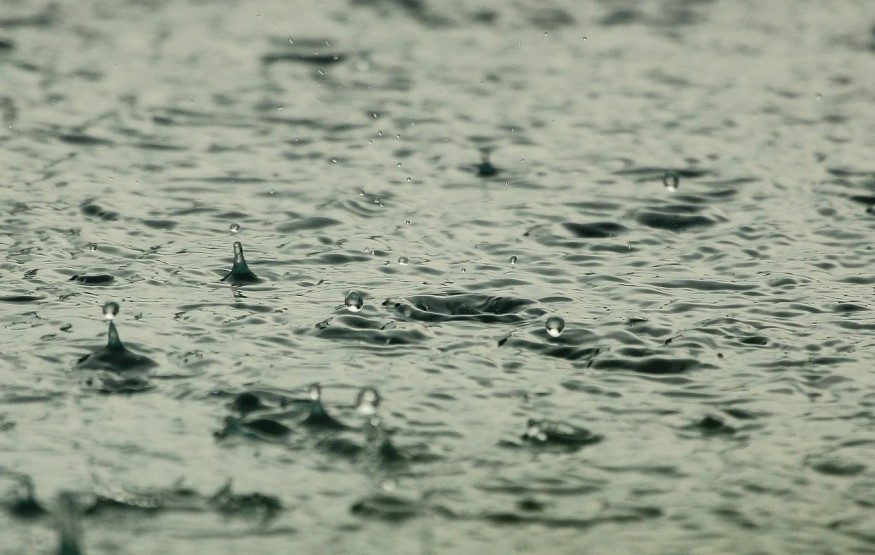The arrival La Niña may mean that the North may have a stormier and colder winter while the South may become drier and have warmer temperatures than the average.
La Niña Advisory
NOAA or the National Oceanic & Atmospheric Administration announced last Thursday that La Niña has come, issuing advice that it will stay throughout the winter in the Northern Hemisphere.
Last July, the NOAA has also announced a watch for La Niña, issuing a warning that it may come this autumn. The NOAA derived this assessment from factoring its likelihood on this year's hurricane season, predicting last August that it may be very active.

READ: Experts Warn of Future With Worse Natural Disasters Than 2020
La Niña's effects
La Niña is El Niño's opposite and counterpart. It is a weather and climate phenomenon with characteristics that include lower-than-normal temperatures of the Pacific Ocean's surface near the Earth's equator. This is produced from the shifting of atmospheric wind patterns. According to the NOAA, on the average, El Niño and La Niña occur at three- to five-year intervals.
La Niña may cause a significant impact on global weather and can potentially cause more dangerous and more frequent hurricanes during the last remaining months of the hurricane season in the Atlantic.
It can also induce wetter weather in Australia's northern region, in the Philippines, and Indonesia. Meanwhile, it can cause drier than normal conditions in the western part of South America, and on the opposite, cooler weather in west Africa.
La Niña has the effect of weakening winds in between the upper atmosphere and the sea surface, increasing the likelihood of forming and growing hurricanes.
Also, it also affects the North American jet stream's position, which influences winter storms' direction and intensity. This, in turn, increases the likelihood of colder and wetter winters in the Northwest Pacific region as well as in areas that currently suffer from massive wildfires.
READ ALSO: What You Need to Know About Shishper's Glacial Lake Outburst Floods
Effects of Climate Change
La Niña and El Niño are distinct aspects of weather patterns. However, the rise in worldwide temperatures can alter their effects. According to Brandon Miller, meteorologist of CNN, La Niña's effect usually lowers temperatures globally. Unfortunately, the planet has been warming too fast that the impact of La Niña can be likened to a small road speed bump while one is travelling at 80 miles per hour; the lowering effect on temperature is so insignificant that it can barely cause any effect.
Most probably, the effects of climate change on La Niña remain to be seen; it may be too early to assess their dynamics which may affect La Niña and weather patterns.
New Research
Currently, research is starting to show that the significant warming of our climate is amplifying the effects that La Niña and El Niño cause. In 2018,
a study which investigated climate and atmospheric conditions conducted a simulation of these conditions.
The authors discovered that climate change might worsen the intensity of various weather events which arose from the patterns created by El Niño. The study was published in the journal Geophysical Research Letters.
READ NEXT: Real Estate Website Provides Flood-Risk Score for Every American Home
Check out more news and information on Global Warming on Nature World News.
© 2025 NatureWorldNews.com All rights reserved. Do not reproduce without permission.





